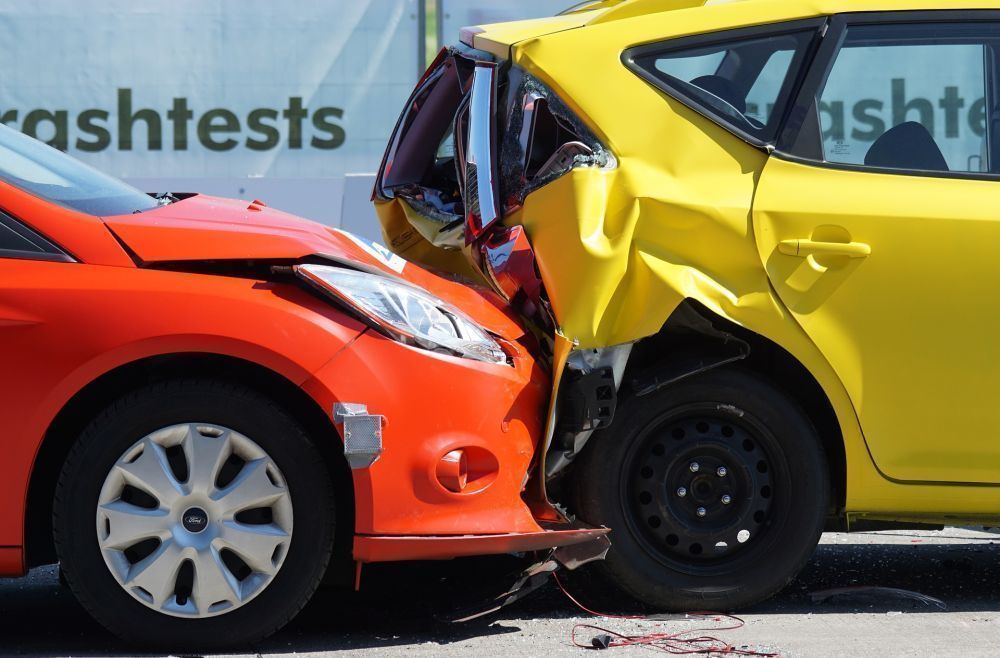
What Is a Crash-Rated Fence, and Do You Need One?
If you’re shopping for high-security fence systems or just looking for more information, there’s a good chance you will have discovered crash-rated fence systems.
The big question is, what is a crash-rated fence? Do you need one, and what else should you consider regarding vehicle access to your site?
What Is a Crash-Rated Fence?
The first thing you need to know about crash-rated fence systems is there isn’t a single global standard for crash ratings.
In the past, in the USA, crash ratings for fences were referred to as K-rated. These days, they’re more like to be called M-rated or ASTM F2656 crash-rated fences. Originally, these standards were developed by the US Department of Transport, which of course, means it only applies in the United States.
K ratings are the older system of measuring the crash rating of fences and similar systems, while the ASTM standards are a more modern version of the same set of standards.
All of these ratings are based on the same basic principle. A vehicle with a predetermined mass, travelling at a predetermined speed, crashes into the fence system being tested. Test officials then measure the penetration distance – or how far beyond the fence the vehicle was able to travel.
Crash-rated fences are also sometimes “engineered” rather than tested. This means that engineers calculate the penetration depth based on known factors, forces, and materials.
Are Crash Rated Fences Impenetrable by Vehicles?
Many people incorrectly believe that crash-rated fences are impenetrable. That’s not true, in the same way that non-scalable fences aren’t completely impossible to climb.
A heavy enough vehicle travelling fast enough can still penetrate a crash-rated fence, and someone with the right skills and equipment can still climb an anti-climb fence system.
Like everything to do with fences and security in general, crash-rated fences have two roles: to discourage access and to slow down any attempts to breach the perimeter.
Will Crash-Rated Fences Be Damaged By Vehicles?
Crash-rated fence systems are not designed not to be damaged by vehicles. They’re designed to act as a sacrificial barrier in the event that someone does try to breach your perimeter with a vehicle.
In other words, the fence itself will be damaged during a crash, but the crash will prevent further access and damage to sensitive sites and important locations.
This is why this type of fencing is often used for airports, government facilities and military locations. They already have security teams that can respond to any crash and, hopefully, thanks to the extra time provided by the crash-rated fence – neutralize any threats.
Is Crash-Rated Fence Better Than Other Fences?
Many people wonder if a crash-rated fence is better than other fences. That depends.
There are plenty of fence systems out there that are built out of heavier-duty materials, with bigger concrete footings and higher specifications than some of the crash-rated fences on the market. The specification of those fences will of course, make them stronger than a comparable crash-rated fence if the specifications exceed the crash-rated fence system.
The only difference would be that one fence would have been tested or engineered to have a crash rating, and the other would not. Very often, fence systems that are crash rated are more expensive, but that doesn’t always mean they are better.
It’s always very important to read your fence specifications carefully and ask questions if anything is not clear. Don’t let things like crash ratings convince you to choose a product that might be inferior to other products based purely on a crash rating. In the fence world, detailed specifications are the only way to be 100% sure that you’re comparing apples with apples and that you’re not being sold an inferior product in fancy packaging.
Sometimes, things like crash ratings are more of a marketing tool than a true reflection of the security offered by the fence system.
International Crash-Rated Fences
As we’ve already mentioned, K ratings and M ratings are US standards, which means they don’t apply in other countries.
If you are looking for a fence that is crash rated outside of the US, you will need to investigate which standards apply locally and then use those as the criteria for your fence search.
Where and How Should Crash-Rated Fences Be Installed?
As we’ve already mentioned, crash-rated fences are usually installed at high-security sites like government buildings, military bases and critical infrastructure like airports and harbors.
Those kinds of sites rarely rely on one kind of security, and a physical barrier like a crash-rated fence is simply one layer of a complex integrated perimeter security system.
Often, fences like these would have some kind of fence detection system that is linked to alarms, cameras and lighting. They would usually also be monitored from a security room or guardhouse.
While you can certainly install a crash-rated fence without all those extra security systems, if you don’t monitor your fence line, it might not be worth the cost. You can only stop threats that are stopped by your fence if you know they are there!
Who Installs Crash-Rated Fences?
If you are looking for crash-rated fences, you will need to approach commercial or industrial fence companies. This is a very specialized type of fence and will require special equipment and often special security clearance for fence crews. Most fence companies just aren’t geared for that.
Always look for companies that have installed similar fence systems on other sites, and always ask for contactable references. Companies that manufacture these types of high security fence systems might also have a list of pre qualified installers that you can contact, so be sure to ask the companies you're getting specifications and designs from.


